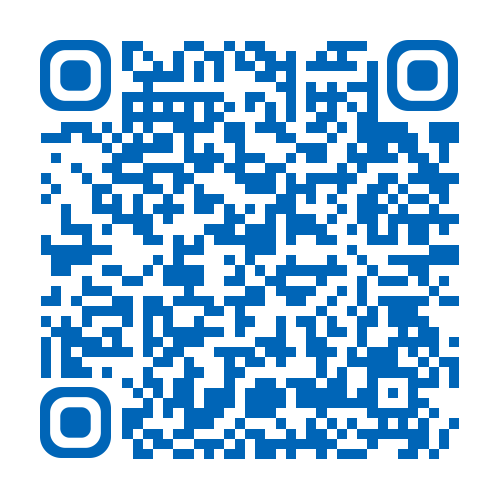- Reference Number: HEY-815/2019
- Departments: Emergency Department, Paediatrics
- Last Updated: 16 October 2019
Introduction
This leaflet has been produced to give you general information about your child’s condition. Most of your questions should be answered by this leaflet. It is not intended to replace the discussion between you and your child’s doctor, but may act as a starting point for discussion. If after reading it you have any concerns or require further explanation, please discuss this with a member of the healthcare team caring for your child.
Pulled elbow
Your child has had a pulled elbow. Other names for this are “nursemaid’s elbow” or “radial head subluxation”. At the elbow, a bone called the radius sits within a ring of ligament. In adults this fits snugly but in children the bone is still growing and can slip out of the ring, injuring the ligament. This can happen when the arm is pulled, such as when swinging a small child by their arms or lifting them by their arms. Sometimes it can also happen if the child twists their arm. The child complains of a painful arm and does not want to use it. A nurse or doctor can usually diagnose a pulled elbow after examining your child. An X-ray is not usually needed.
Treatment of a pulled elbow
A pulled elbow is very easily treated. A nurse or doctor will move your child’s arm in a certain way to slip the bone back inside the ring of ligament. This is fairly quick and your child should feel much better almost straight away. Most children will start using their arm as normal within about 20 minutes. Sometimes it takes a little longer to get back to normal and, if so, you should give your child regular paracetamol or ibuprofen. If you have any concerns or the arm does not seem to improve you can always return to the Emergency Department at any time.
Can there be any complications or risks?
There are no long term complications from a pulled elbow and it does not usually occur after about age 6, as the bone has grown snugly into the ligament by that age.
Could it happen again?
It is important to remember not to use your child’s arms to lift them up, or to play games such as swinging them by their arms as this may cause a pulled elbow again.
Should you require further advice on the issues contained in this leaflet, please do not hesitate to contact the Paediatric Emergency Department on telephone number (01482) 482108.
General Advice and Consent
Most of your questions should have been answered by this leaflet, but remember that this is only a starting point for discussion with the healthcare team.
Consent to treatment
Before any doctor, nurse or therapist examines or treats your child, they must seek your consent or permission. In order to make a decision, you need to have information from health professionals about the treatment or investigation which is being offered to your child. You should always ask them more questions if you do not understand or if you want more information.
The information you receive should be about your child’s condition, the alternatives available for your child, and whether it carries risks as well as the benefits. What is important is that your consent is genuine or valid. That means:
- you must be able to give your consent
- you must be given enough information to enable you to make a decision
- you must be acting under your own free will and not under the strong influence of another person
Information about your child
We collect and use your child’s information to provide your child with care and treatment. As part of your child’s care, information about your child will be shared between members of a healthcare team, some of whom you may not meet. Your child’s information may also be used to help train staff, to check the quality of our care, to manage and plan the health service, and to help with research. Wherever possible we use anonymous data.
We may pass on relevant information to other health organisations that provide your child with care. All information is treated as strictly confidential and is not given to anyone who does not need it. If you have any concerns please ask your child’s doctor, or the person caring for your child.
Under the General Data Protection Regulation and the Data Protection Act 2018 we are responsible for maintaining the confidentiality of any information we hold about your child. For further information visit the following page: Confidential Information about You.
If you need information about your child’s (or a child you care for) health and wellbeing and their care and treatment in a different format, such as large print, braille or audio, due to disability, impairment or sensory loss, please advise a member of staff and this can be arranged.

